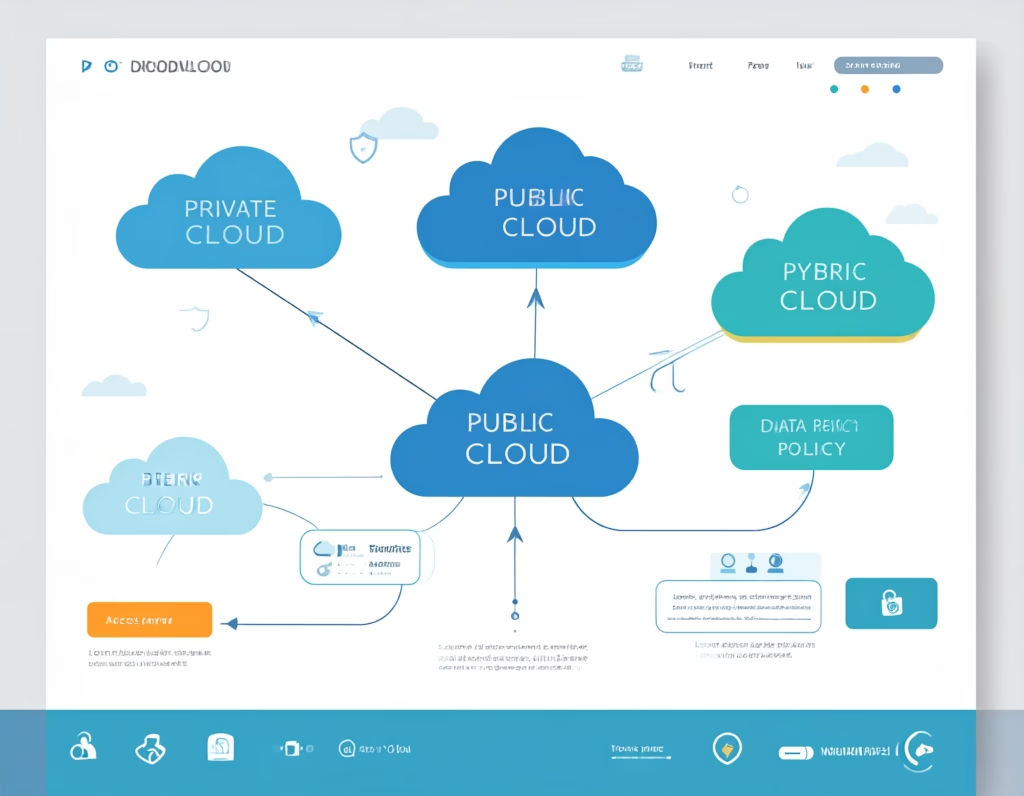Top Cybersecurity Tools 2025 — Reviews & Clear Recommendations

What I mean by “cybersecurity tools” (simple)
When I say cybersecurity tools, I mean software and services that help protect your devices, accounts, and online stuff from common threats. These are the everyday apps, settings, and services that stop someone from stealing passwords, accessing private files, or crashing a website. Think of cybersecurity tools as helpful safety nets — some watch your devices, some protect your logins, and some check your cloud settings.
Why everyday people should care about cybersecurity tools
You don’t need to be a tech expert to get hurt online. Many problems start with a simple mistake: a reused password, a missed update, or a public cloud folder. Using basic cybersecurity tools reduces the chance of those mistakes becoming a bigger problem. They protect your personal files, your customers’ data, and your peace of mind.
A few good cybersecurity tools can keep most everyday risks under control without needing a specialist.
The five tool types that give the most value
For normal people and small teams, focus on these five categories of cybersecurity tools:
- Identity protection tools — tools for passwords and multi-factor authentication (MFA).
- Endpoint protection tools — tools that watch laptops and phones for bad behavior.
- Update and patch tools — tools or settings that keep software up to date.
- Cloud and website checking tools — tools that scan cloud storage and websites for public or risky settings.
- Simple logging and alert tools — tools that collect a few important events so you can see suspicious activity.
These five types of cybersecurity tools cover most of what a normal user should worry about.
Short, easy explanations of common cybersecurity tools

Here are plain-English descriptions of the tools you’ll see mentioned most often.
Identity protection (password managers and MFA)
These cybersecurity tools help you create and store strong, unique passwords and require a second step (like a code on your phone) when someone tries to log in. Using these tools drastically reduces account takeovers.
Endpoint protection (antivirus / detection)
These cybersecurity tools run on your computer or phone and look for clearly bad activity — for example, a program trying to encrypt files or connect to known malicious sites. They give alerts and sometimes block harmful actions.
Update and patch tools
Keeping apps and the operating system updated is one of the simplest protections. These cybersecurity tools either do updates for you or tell you when an update is needed — which reduces the window attackers can use.
Cloud & website checkers
If you host files or websites, there are cybersecurity tools that check for basic mistakes — like public storage buckets or weak server settings — and tell you how to fix them.
Simple logging & alerts
Not everyone needs a full security operations center. Some cybersecurity tools collect sign-ins, admin changes, and a few key alerts so you see strange activity quickly without the noise.

How to use these cybersecurity tools without being technical
You don’t have to be an IT pro. Use these simple steps to get real protection.
- Turn on multi-factor authentication (MFA) for email, cloud accounts, and admin logins. MFA is one of the easiest cybersecurity tools to use and one of the most effective.
- Use a password manager. A password manager is a friendly cybersecurity tool that generates and stores strong passwords so you don’t have to remember them.
- Enable automatic updates. Set devices to update automatically so update/patch cybersecurity tools do their job without you thinking about it.
- Run a cloud security check once a month. Use a simple cloud-check cybersecurity tool or built-in cloud dashboard to confirm nothing is public by mistake.
- Keep one endpoint protection app active. Whether on your phone or laptop, a single well-known endpoint cybersecurity tool can stop common malware and provide helpful alerts.
- Save important logs or alerts to a single place. Use a basic logging cybersecurity tool or service that emails key alerts so you can act if something odd happens.
These steps let non-technical people benefit from cybersecurity tools without getting bogged down.
Real-life, non-technical examples of how tools help
- Example 1 — Stopped a public folder leak: A cloud-check cybersecurity tool finds a folder set to “public” so you fix it before anyone accesses private files.
- Example 2 — Blocked a phishing login: MFA stops an attacker using a stolen password because the attacker doesn’t have the second factor.
- Example 3 — Isolated a sick laptop: An endpoint tool notices unusual encryption activity and isolates a laptop so the problem doesn’t spread to shared drives.
These simple stories show how cybersecurity tools bring real value to everyday people.
Simple mistakes people make with cybersecurity tools
- Turning off updates because they’re annoyed — updates are key, and update cybersecurity tools help prevent exploits.
- Reusing weak passwords — without a password manager, people reuse passwords and make themselves an easy target.
- Ignoring alerts — if a tool warns you, check it; those alerts are the tool doing its job.
- Giving too much access — cloud and site tools often reveal over-privileged accounts; keep access limited.
Avoiding these mistakes makes the cybersecurity tools you use much more effective.
Quick checklist: practical actions you can take today
- Turn on MFA for email and key accounts now. (Identity tools.)
- Install one endpoint protection app on each important device. (Endpoint tools.)
- Enable automatic updates. (Update tools.)
- Run a quick cloud check for public files. (Cloud tools.)
- Keep a single place to receive alerts from your tools. (Logging tools.)
Do these five things and your exposure drops a lot.
Useful links (kept to four dofollow links)
- Microsoft Security
- SentinelOne Singularity (endpoint info)
- Internal resource: Networking tips for beginners
- Internal resource: How to choose a VPN
Final thoughts
You don’t need a complicated setup to be safer online. A handful of sensible cybersecurity tools — identity protection, an endpoint app, automatic updates, and a quick cloud check — protect most everyday risks. Start simple, make these tools part of your routine, and you’ll see real benefits without needing to become an expert.



One thought on “Top Cybersecurity Tools 2025 — Reviews & Clear Recommendations”